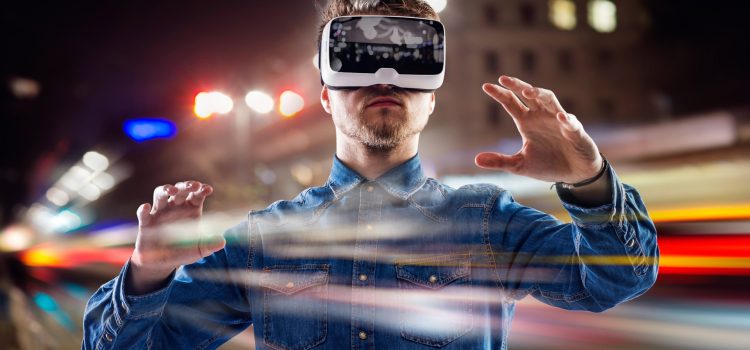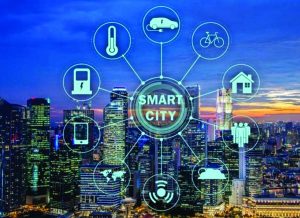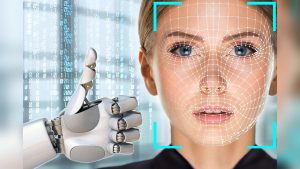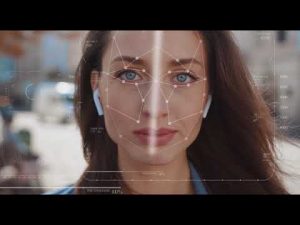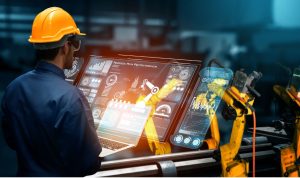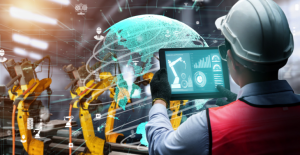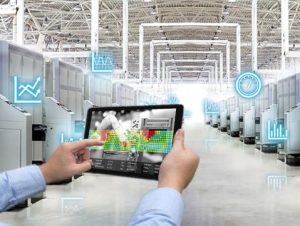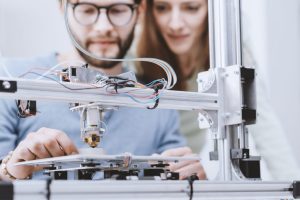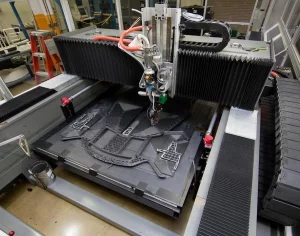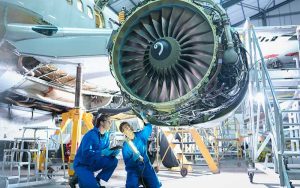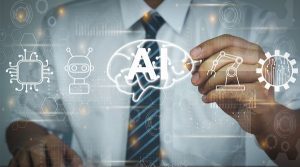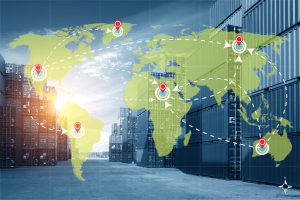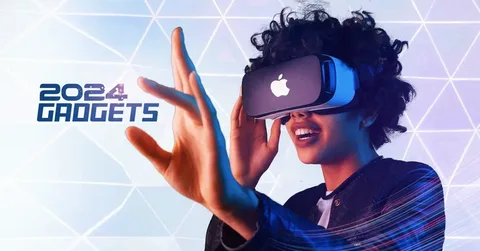
Exploring the Future: Virtual Reality in Everyday Life
Virtual Reality (VR) is no longer the stuff of science fiction. From immersive gaming experiences to revolutionizing education and healthcare, VR is steadily transforming the way we live, learn, and interact. But how far has VR come, and what role will it play in our future? This blog dives into the evolution of VR, its current applications, and how it’s poised to redefine everyday life in the years to come.
Introduction to Virtual Reality (VR)

Virtual Reality is a technology that creates immersive, computer-generated environments where users can interact using devices like headsets, controllers, and motion sensors. Unlike traditional screens, VR allows users to “step inside” digital worlds, offering an entirely new way to experience content across industries.
Whether you’re a gamer ready to explore new realms or an educator looking to enhance learning environments, VR is bridging the gap between physical and digital, opening doors to endless possibilities.
The Evolution of VR Technology
VR technology has come a long way since its inception. While its conceptual roots date back to the 1960s, the modern VR industry began gaining traction in the early 2010s:
- 1968 – Ivan Sutherland and his student Bob Sproull develop one of the first VR systems, a head-mounted display nicknamed “The Sword of Damocles.”
- 1990s – Companies attempted to bring VR to consumers with products like Nintendo Virtual Boy, though they failed due to high costs and limited functionality.
- 2010 – Palmer Luckey introduces the Oculus Rift prototype, sparking the start of modern VR accessible to consumers.
The constant refinement of VR headsets, processing power, and motion tracking has led to VR becoming a key player in various industries, enabling high-quality experiences at lower price points than ever before.
Current Applications of VR in Different Industries
VR has transcended its entertainment roots to serve as a valuable tool in a variety of fields. Here’s how VR is making waves across different industries today:
1. Education
VR is transforming classrooms into immersive learning environments. Imagine students donning VR headsets to “visit” ancient Rome or explore the human heart in 3D. Platforms like Google Expeditions and Engage VR are helping educators provide interactive and impactful lessons that inspire a deeper understanding of complex topics.
2. Entertainment
Gamers were among the earliest adopters of VR, and the technology continues to elevate the industry. Games like Beat Saber and Half-Life: Alyx immerse players in virtual worlds that feel almost tangible. Beyond gaming, VR is evolving how we experience movies, concerts, and even theme parks by offering 360-degree, interactive adventures.
3. Healthcare
VR is being used to revolutionize patient care and medical training. Surgeons can practice complex procedures virtually using platforms like Osso VR, while therapy programs leverage VR to treat phobias, PTSD, and chronic pain.
4. Retail
Retailers are adopting VR to offer virtual try-ons for clothing, accessories, and even furniture placement in customers’ living rooms. IKEA and Sephora have already jumped on this trend, providing hyper-convenient experiences to their customers.
5. Real Estate
Virtual property tours are becoming the norm. Buyers can “walk through” homes without stepping foot on the property, saving time and resources for both buyers and sellers.
The Future of VR: Predictions and Emerging Trends

What does the next decade hold for Virtual Reality? Here are some exciting trends shaping the future:
- 5G and Cloud VR: Faster internet speeds will eliminate delays and heavy hardware, making VR accessible on more devices via cloud streaming.
- Social VR: Platforms like Meta’s Horizon Worlds are paving the way for virtual hangouts, business meetings, and social interactions in shared digital spaces.
- Full-Body Haptics: The integration of haptic gloves and suits will allow users to “feel” virtual objects, heightening the immersion of VR experiences.
- AI-Powered VR: With artificial intelligence, VR environments will become smarter, adapting dynamically to user behavior for more realistic interactions.
How VR is Changing the Way We Learn, Play, and Interact
VR doesn’t just enhance experiences; it fundamentally changes the way we engage with the world:
- Learning – Students engage with content more interactively, boosting retention and comprehension. Complex subjects like astrophysics or anatomy are no longer confined to textbooks but come to life in fully explorable 3D models.
- Play – Gamers can experience completely new ways of storytelling, pushing the boundaries of immersion and interactivity.
- Social Interaction – Virtual meeting rooms and collaborative platforms break geographical barriers, enabling seamless interactions across the globe.
VR is no longer a luxury—it’s becoming a necessity for industries advancing toward digital transformation.
Challenges and Opportunities in the Adoption of VR
For all its potential, VR adoption isn’t without hurdles:
Challenges:
- Cost – Although prices are dropping, quality VR headsets and accessories can still be prohibitively expensive for some users.
- Technical Limitations – Hardware setup, performance requirements, and software compatibility issues are barriers to widespread use.
- Learning Curve – Mastering VR tools requires training and effort, particularly for non-tech-savvy users.
Opportunities:
- Mass Adoption – Continued innovation is making VR cheaper, more portable, and user-friendly, giving everyone access to its benefits.
- Business Growth – Industries that adopt VR early are poised to lead in productivity and innovation, standing out in competitive markets.
- Entrepreneurship – VR opens doors to new businesses, services, and creative opportunities like VR content production and virtual event planning.
Practical Tips for Integrating VR Into Your Daily Life
Wondering how to bring VR into your own life? Here are some practical steps to start:
- Choose the Right Headset – Begin with something budget-friendly like the Meta Quest 2 or invest in an advanced headset like Valve Index for enhanced performance.
- Experiment Slowly – Start with user-friendly VR apps available on platforms like Steam or Oculus Store to explore VR gaming and experiences.
- Explore Learning Resources – Leverage education-focused VR platforms to uncover new learning opportunities for yourself or your family.
- Join Virtual Communities – Try social VR platforms where you can meet like-minded individuals to explore shared interests.
Whether for entertainment, education, or personal growth, there’s no shortage of ways to enjoy what VR has to offer.
The Promise and Potential of VR for Tomorrow

Virtual Reality is no longer an emerging technology—it’s here, transforming every facet of our lives. From creating immersive classroom adventures to enabling precise medical procedures, the use cases are vast and continually expanding.
Whether you’re a tech enthusiast, an educator, or a gamer, VR offers opportunities that will reshape how we learn, play, and connect in a digitized world. Now’s the time to explore its potential and make it a centerpiece of your daily life.








